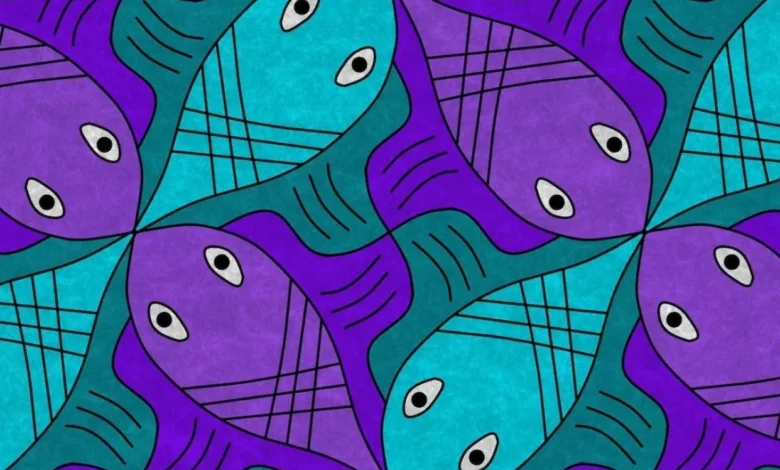Art:4rswtrnisre= Tessellation

Art:4rswtrnisre= Tessellation stands at the intersection of art and mathematics, presenting a unique opportunity to explore how geometric principles can give rise to visually compelling patterns. This technique not only has a rich historical context across various cultures but also serves as a medium for contemporary artistic expression. As we examine the methods and applications that have evolved over time, one must consider how this interplay of structure and creativity continues to redefine our perceptions of both art and design today. What implications does this hold for the future of artistic innovation?
Understanding Tessellation
Art:4rswtrnisre= Tessellation, a concept that brings together geometry and art, involves the seamless arrangement of shapes to cover a surface without any gaps or overlaps.
This technique showcases intricate geometric patterns that captivate the eye, merging visual appeal with mathematical principles.
Artists leverage tessellation as a powerful form of artistic expression, creating works that not only illustrate beauty but also embody the harmony of structure and creativity.
Read more: Art:2ibo2mom4ik= Envy
Historical Context
Throughout history, the practice of tessellation has been observed across various cultures, reflecting the intersection of mathematics, art, and architecture.
Its cultural significance is profound, as it embodies the mathematical foundations that underpin design and aesthetics.
From Islamic art to M.C. Escher’s works, tessellation serves as a testament to humanity’s quest for harmony, order, and beauty within the complexity of our world.

Techniques and Methods
The art of tessellation employs a variety of techniques and methods that enable artists and mathematicians alike to create intricate patterns through the systematic arrangement of shapes.
Techniques such as geometric transformation facilitate pattern creation, while color theory enhances visual rhythm.
This artistic exploration merges creativity with mathematical precision, allowing for the development of dynamic designs that captivate and inspire both the eye and the intellect.
Modern Applications and Influence
In contemporary design, tessellation has found diverse applications across various fields, illustrating its versatility and enduring appeal.
Digital art employs mathematical patterns to create visually striking compositions, while architectural design utilizes tessellation to enhance structural aesthetics and functionality.
Furthermore, cultural symbolism often interweaves tessellated forms, reflecting identity and heritage.
This interplay showcases how tessellation transcends mere decoration, becoming a profound medium for expression and innovation.
Read more: Art:4piecpbdryw= Red Eyes Black Dragon
Conclusion
Art:4rswtrnisre= Tessellation exemplifies the intersection of mathematics and artistry, revealing the profound impact of geometric designs across cultures and time. Remarkably, over 90 distinct tessellation patterns can be identified in Islamic art alone, illustrating the complexity and creativity involved in this technique. The enduring legacy of tessellation continues to inspire contemporary artists and architects, fostering innovation and aesthetic exploration. As both a mathematical principle and an artistic endeavor, tessellation remains a testament to humanity’s quest for beauty and structure.





